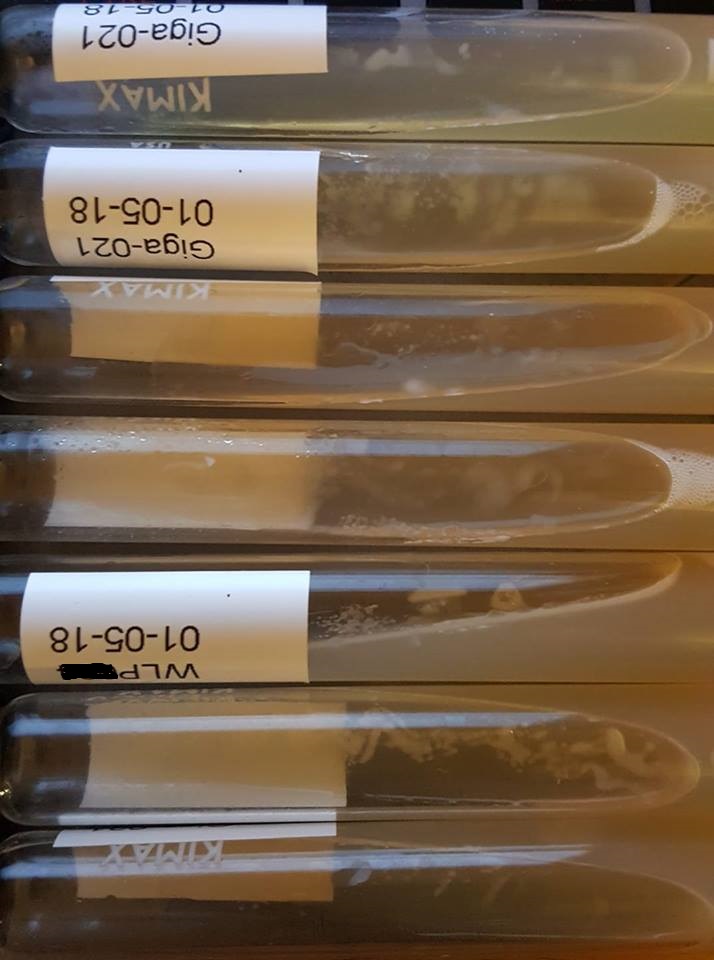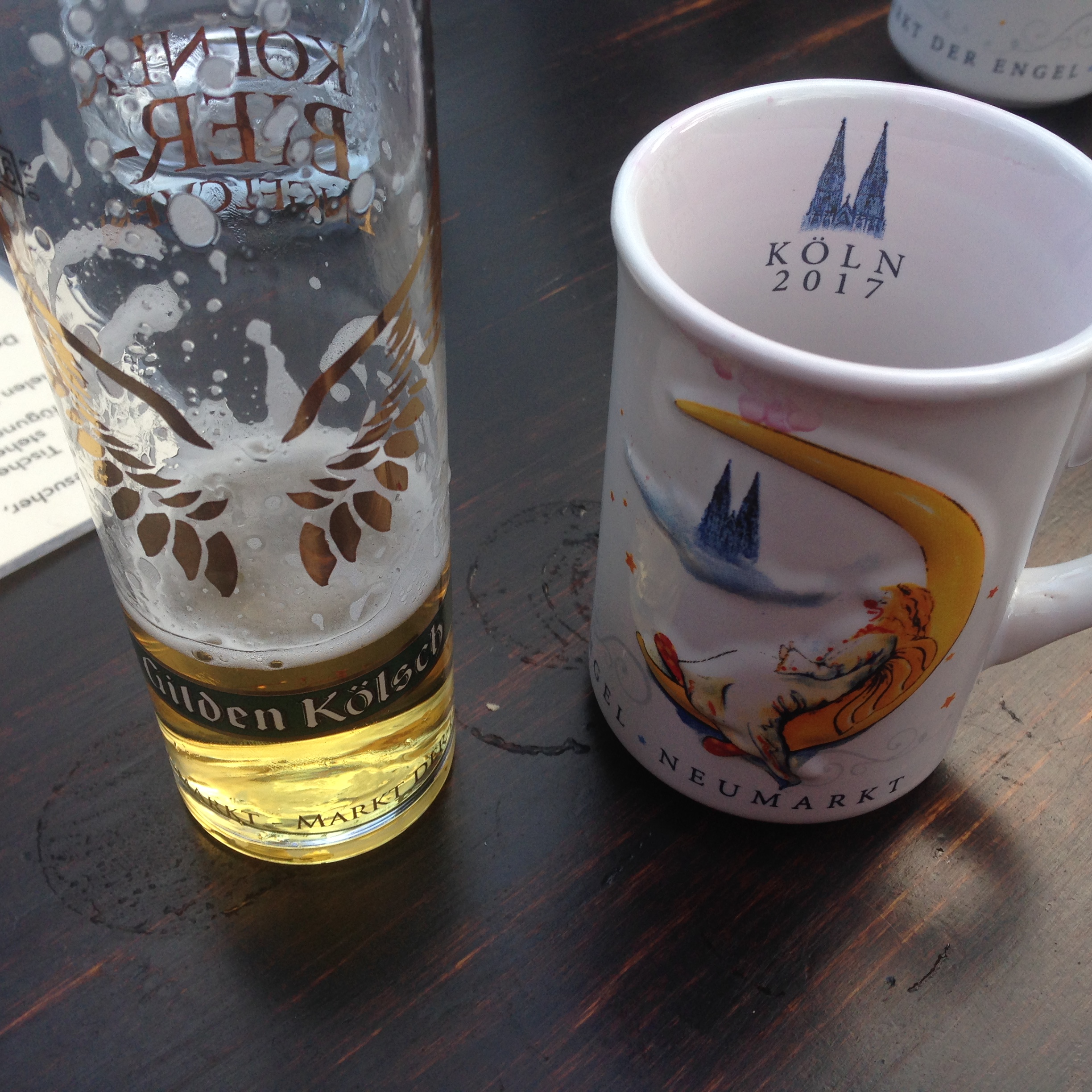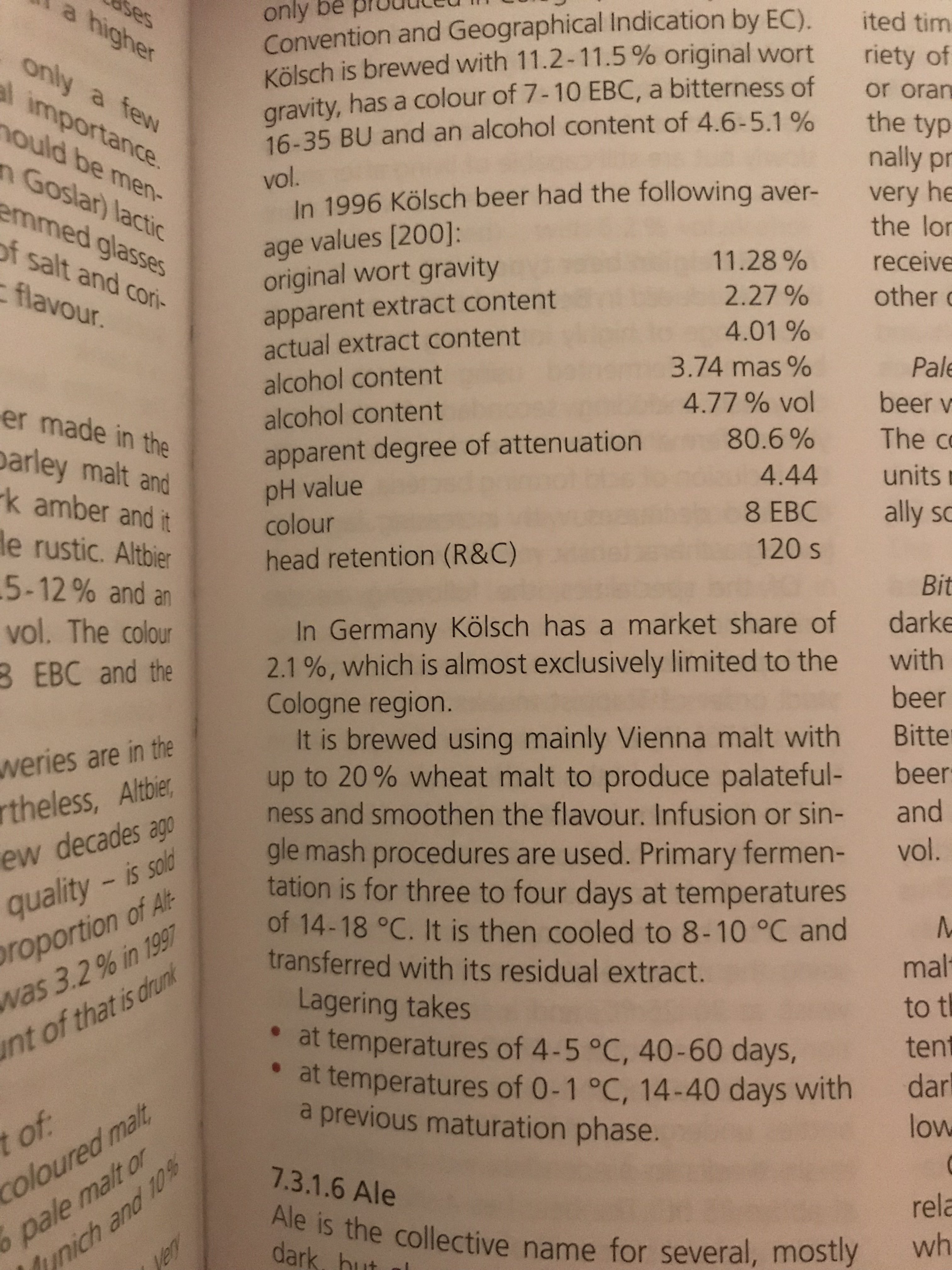Excellent yeast. I had a near dead packet from Morebeer recently also. It was 3 months old and it took three starter cycles to bring it back to life. I made 5 lab slants with the starter so i didn't have to pay $16 for it, ever again. I figure if I have to do starters anyway, I might as well save some money at the same time.
For a 5 gallon batch, their 200 billion cells should be plenty if VERY fresh. But I would run at least a 1L 1.040 starter with it just to make sure its lively and ready to chew. Double this if you are doing a 10 gallon batch. Since starters are generally done at room temps, I prefer to let the starter settle for a day or two when finished, then decant and only pitch the bottom. This keeps the starter's esters and phenols away from my wort.
For my kolsch, I pitch below 70 and ferment it in the high 50's which is a tad below their stated range. It rips through the wort wonderfully. No ramping other than the time it takes in the chamber to change temps. After about 7 days, i'll bring it up to between 65 and 70 for a few days. After that, I dump the trub and it gets crashed to the low 30's and sits for 2 to 3 weeks. . Other people do different things and your results may vary. All I know is, its the closest i've gotten to a Riesdorf or Goffel and it's taken 2 best of shows, a 1st and a 2nd in the last year. It's basically 80% german pilsner, 15% Vienna, 5% carafoam, and about 18 IBU's of spalt at 60 minutes. Keep it simple.
FYI, 021 generates quite a bit of sulfur. Don't be alarmed, it does dissipate easily. Once it's in the keg, if any sulfur aroma remains, simply vent the keg a few times a day and it will be gone.


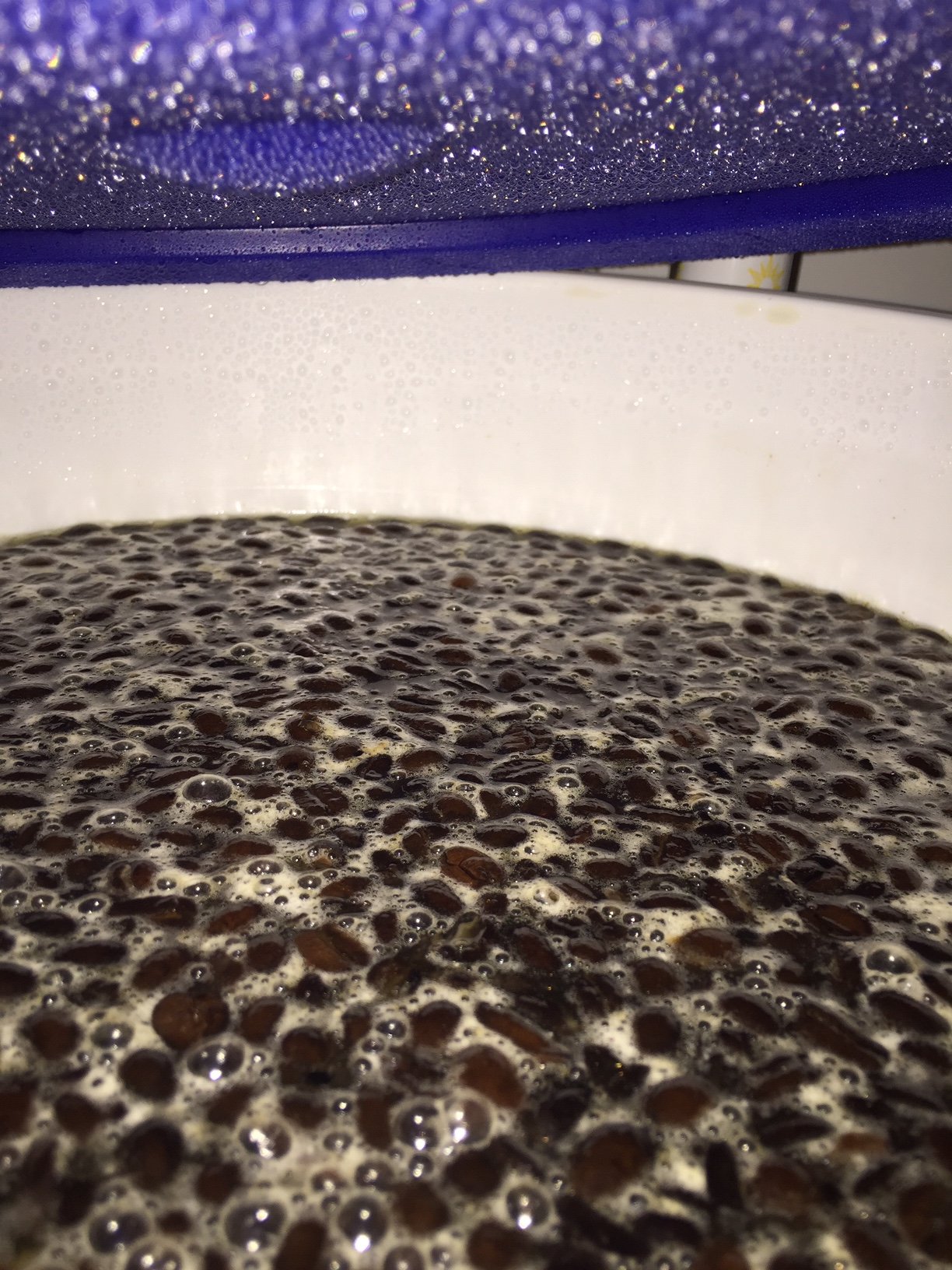
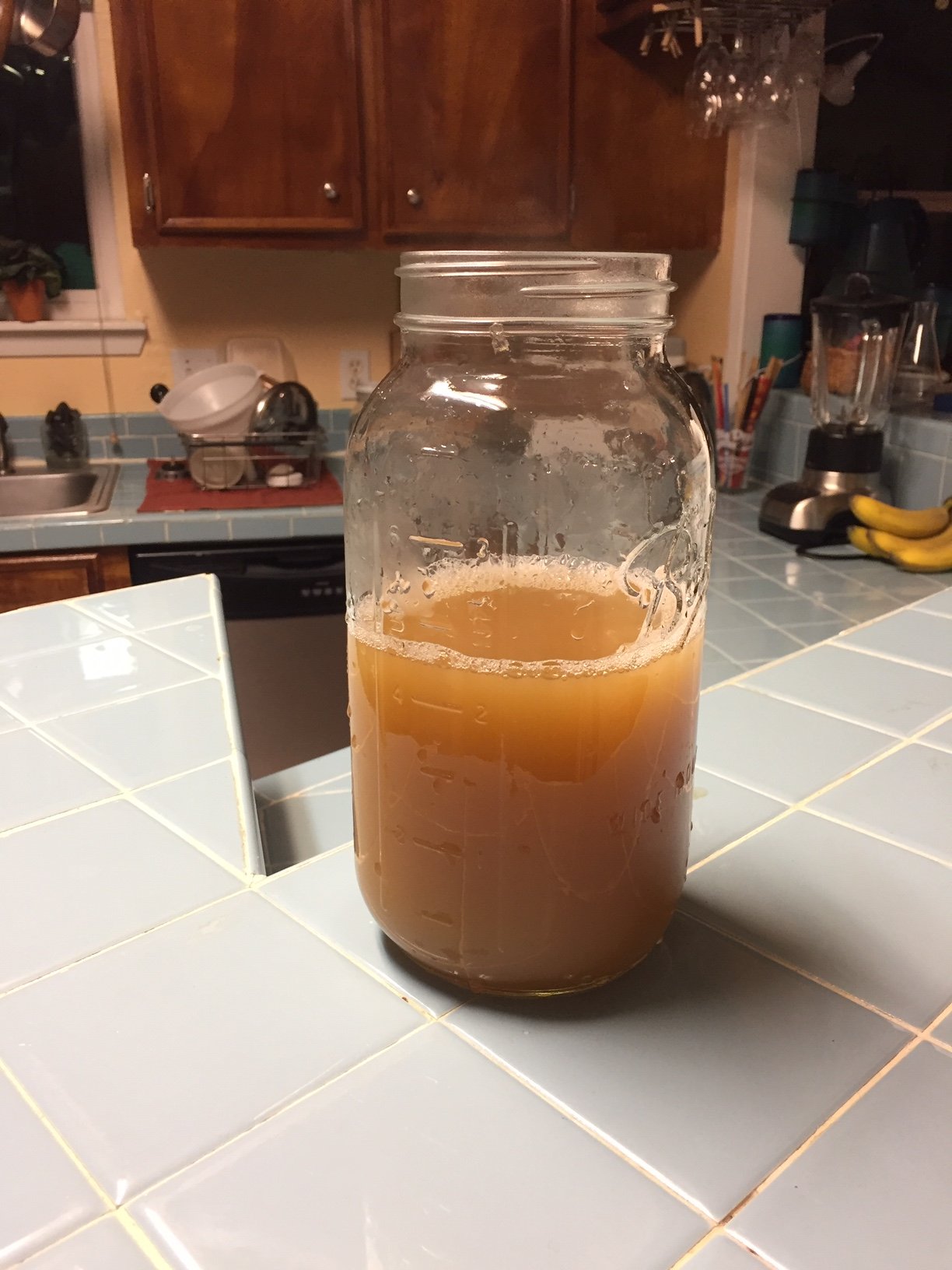








![Craft A Brew - Safale BE-256 Yeast - Fermentis - Belgian Ale Dry Yeast - For Belgian & Strong Ales - Ingredients for Home Brewing - Beer Making Supplies - [3 Pack]](https://m.media-amazon.com/images/I/51bcKEwQmWL._SL500_.jpg)














































